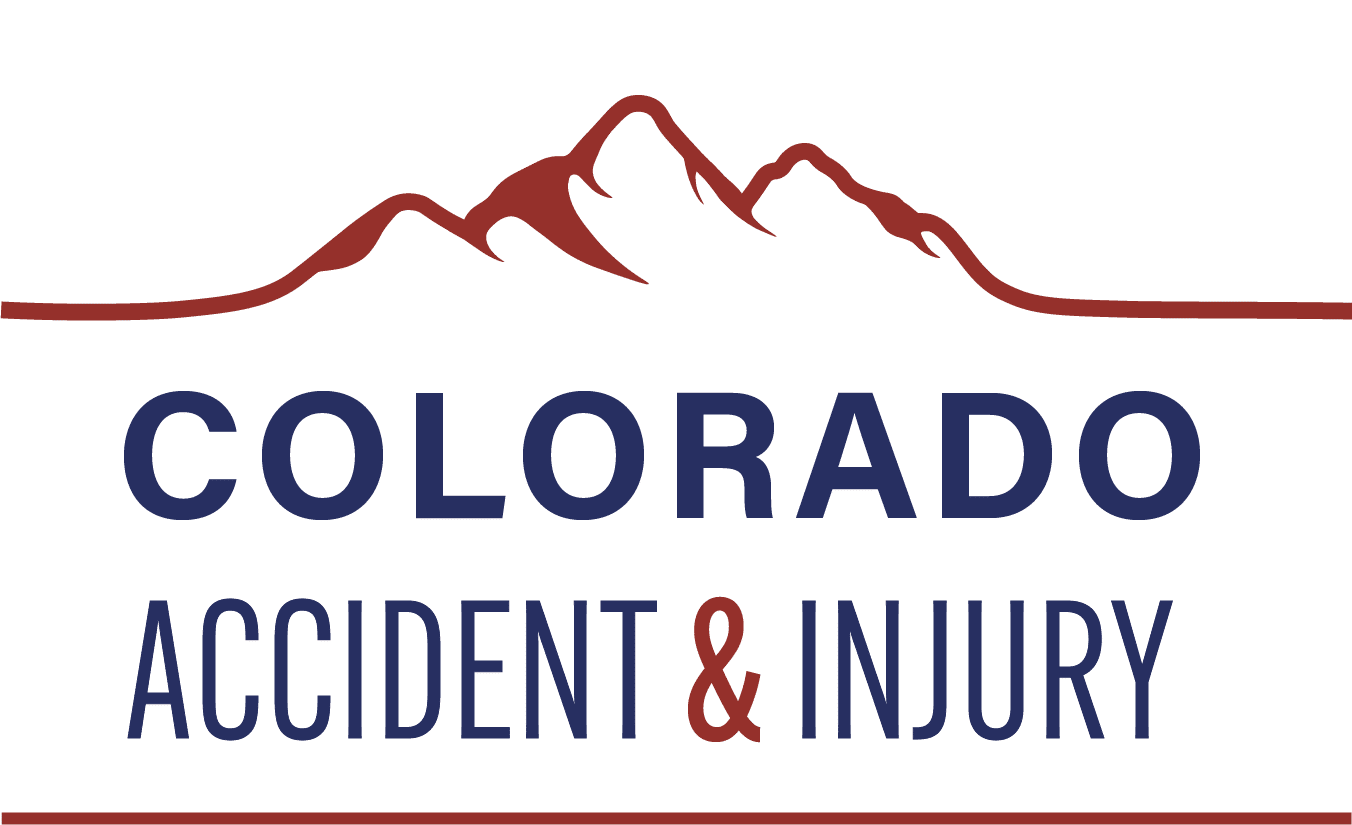
25 Apr Massage Therapy for Accident Injuries
At times, life takes an unexpected turn, and before you know it, you’re left picking up the pieces. An automobile accident or a slip and fall can leave physical scars. However, it can also mark the beginning of a long, often arduous, recovery process. Amidst the clamor of legal proceedings and medical appointments, many people don’t consider massage therapy. Today, we’ll discuss how massage therapy can play a pivotal role in your healing after an accident.
Understanding the Aftermath of an Injury
The body’s response to injury is a complex interplay of physiological and psychological processes. Pain, inflammation, and a decrease in range of motion are just the tip of the iceberg. Deep within, damaged tissues are crying out for care. The mind often struggles to make sense of the new normal. It’s in this delicate juncture that massage therapy weaves its magic, addressing not just the physical trauma but also the emotional stress.
Pain Management Through Touch
Massage is a natural analgesic, stimulating the release of endorphins – the body’s natural painkillers. This can significantly reduce the reliance on pharmaceutical pain management, with a potential for long-lasting relief. Furthermore, the manipulation of soft tissues helps to alleviate muscle tension, a common side-effect of injury, that can exacerbate pain in affected areas.
Enhancing Circulation for Healing
Following an injury, proper circulation is key to healing. Massage therapy aids in dilating blood vessels. This leads to improved circulation and the more efficient delivery of oxygen and nutrients to damaged tissues. This enhanced blood flow also assists in the removal of cellular waste, reducing swelling and promoting the body’s innate recovery mechanisms.
Restoring Function and Mobility
Scar tissue and adhesions can form post-injury, restricting movement and causing discomfort. Through various massage techniques, therapists can gently break down these adhesions, leading to increased elasticity in the affected tissues. Additionally, as pain subsides and movement is restored, patients are less likely to develop compensatory injuries in their quest for mobility.
The Psychological Edge
Beyond the physical, accident victims often grapple with anxiety, depression, and post-traumatic stress disorder (PTSD) as they come to terms with their ordeal. The human connection inherent in massage therapy is a profound aspect of its effectiveness in addressing these psychological wounds.
Alleviating Emotional Distress
Consistent, supportive touch can be a powerful balm for the soul. It communicates care, empathy, and a sense of not being alone in the recovery process. Individuals recovering from an accident often report better sleep quality, reduced anxiety, and an overall improved sense of well-being after starting a massage therapy regimen.
Empowering the Healing Journey
By offering a natural, holistic approach to healing, massage therapy empowers patients to play an active role in their recovery. Engaging in therapy sessions can instill a sense of control over their body and their environment, counteracting the helplessness often experienced after a traumatic event.
Aligning with Conventional Treatment Plans
Massage therapy can complement and enhance the efficacy of clinical treatments. Working alongside physicians and physical therapists, massage practitioners tailor their interventions to the specific needs and treatment plans of their clients.
Coordinated Care for Optimal Outcomes
A coordinated approach to rehabilitation ensures that all facets of the recovery process are attuned and working in concert. Massage therapists do deep tissue work, myofascial release, and other specialized techniques that can target areas of concern identified in a patient’s medical plan, from whiplash to spinal cord injuries.
Communication Is Key
Effective communication between the patient, massage therapist, and the broader care team is essential. Discussing treatment plans, goals, and progress enables adjustments to be made on the fly, ensuring that massage therapy is always a supportive – and not a complicating – element in the larger picture of recovery.
Looking Forward: The Role of Preventative Therapy
The lingering effects of an injury can persist long after the visible signs have healed. Muscles may have weakened, posture could have shifted, and chronic pain might become a new, unwelcome companion. Here, massage therapy transcends a restorative function to one of injury prevention and long-term health maintenance.
Strengthening and Conditioning Muscles
Massage can play a vital role in musculoskeletal health, aiding in the strengthening and conditioning of muscles that may have atrophied during recovery. This is especially important for those returning to an active lifestyle post-injury, as it can prevent the reoccurrence of damage in vulnerable areas.
Encouraging Mindful Movement
Therapeutic massage encourages an increased awareness and mindfulness of body movement and posture. Clients often learn to recognize and correct harmful habits that could lead to future injuries, thereby minimizing risk and promoting a more sustainable, pain-free way of living.
Make an Appointment with Colorado Accident & Injury
At Colorado Accident & Injury, we are dedicated to providing personalized and comprehensive care for accident victims. Our skilled massage therapists work in tandem with our team of specialists to develop treatment plans tailored to your specific needs. Contact us today to learn more about how we can help you on your journey to recovery.
 (719) 917-1000
(719) 917-1000


No Comments